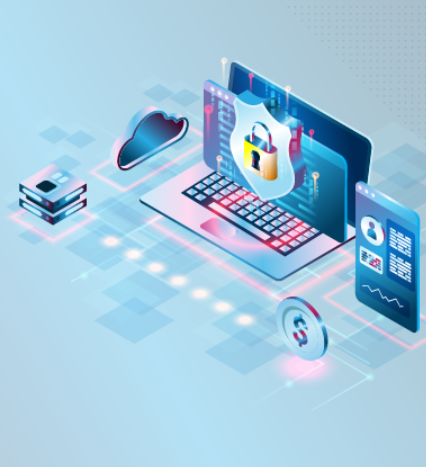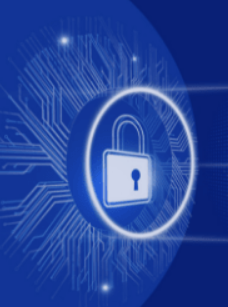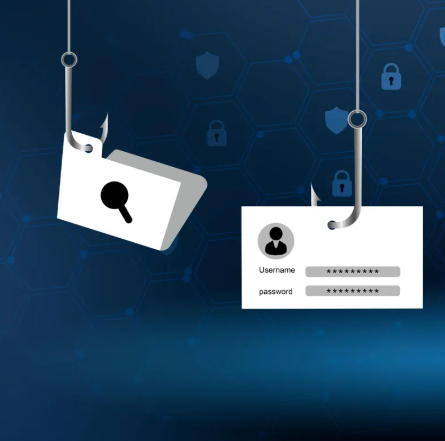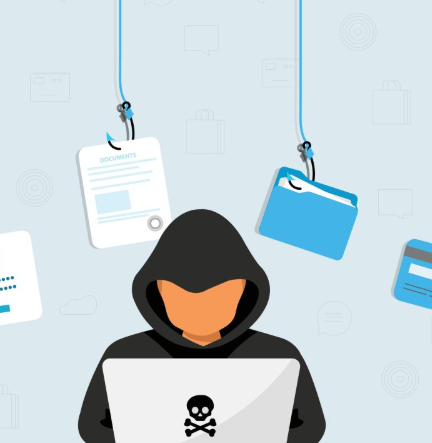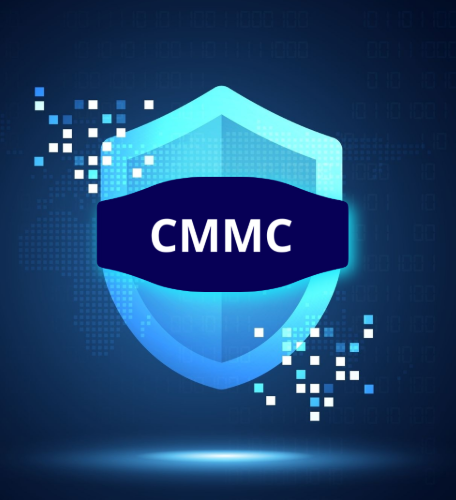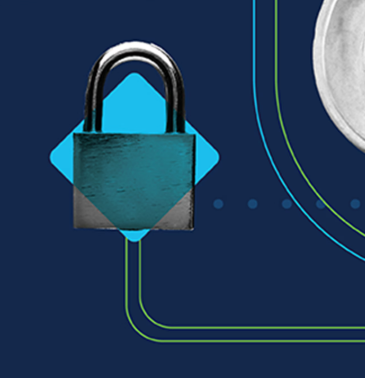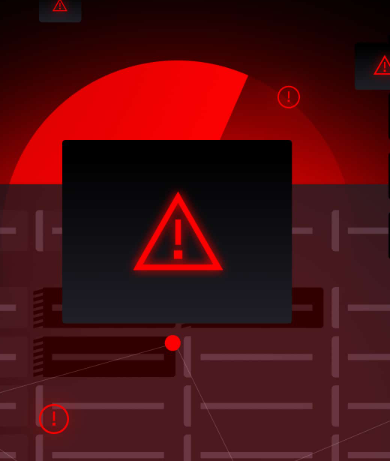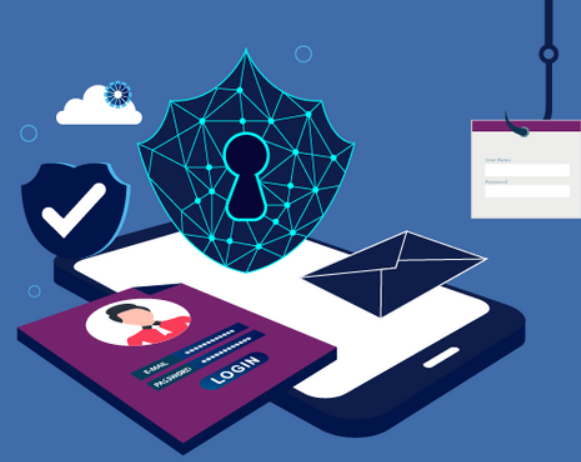
As more devices and applications become interconnected, cybersecurity is no longer just an IT issue—it’s critical to product development. If security is overlooked during the design phase, even the most innovative products can be vulnerable to attacks. Building cyber-resilient products means integrating security into every aspect of the design process, ensuring that your technology can withstand modern threats while maintaining user-friendliness and performance.
Why Security Should Start at the Design Stage
Security cannot be an afterthought. When added late in the development cycle, it often results in incomplete protection and reactive fixes. Designing products with cyber resilience means thinking ahead—anticipating potential threats, embedding security measures directly into the architecture, and preparing the system to respond to attacks. This proactive approach minimizes vulnerabilities, reduces long-term costs, and builds trust with both users and stakeholders.
Did You Know?
Over 60% of security vulnerabilities are introduced during the product design and development phase.
What Makes a Product Cyber-Resilient?
- Built-in Security Principles
Cyber-resilient products are designed with security in mind from the outset, implementing secure coding practices, robust authentication, and minimal data exposure. - Threat Modeling and Risk Evaluation
The process starts with understanding potential threats—identifying attack vectors and putting safeguards in place before development begins. - Defense-in-Depth Strategy
Rather than relying on a single layer of protection, these products employ multiple security measures, including access controls, encryption, anomaly detection, and audit logging. - Continuous Monitoring and Response
Cyber-resilient products are designed to monitor activity continuously and respond quickly, whether by isolating affected components or alerting administrators in real-time. - Patch and Update Readiness
These products are built with easy maintenance in mind, featuring secure update channels, clear version control, and rapid responses to newly discovered vulnerabilities.
Signs Your Product May Be Vulnerable
- Security Added Too Late
If security is only considered after the product has launched or during QA, your product likely has unaddressed vulnerabilities. - Hardcoded or Inconsistent Credentials
Default or hardcoded passwords, particularly in IoT or embedded systems, signal poor security design and present significant risks. - Lack of Data Encryption or Isolation
Without proper encryption and data compartmentalization, sensitive user data and system functions are exposed to potential attackers. - Insufficient Logging or Audit Trails
If your product can’t track and report internal activities, it’s impossible to detect, investigate, or recover from attacks quickly.
How to Build Cyber-Resilient Products
- Incorporate Security Early (Shift Left)
Start integrating security during product planning, architecture, and development. Use security frameworks like OWASP and include threat modeling as part of the initial design process. - Adopt Secure Development Lifecycle (SDLC) Practices
Embed security throughout development—implement secure coding, code reviews, penetration testing, and secure deployment pipelines at every stage. - Prioritize User Safety and Transparency
Allow users to see how their data is handled and give them control. Clear privacy policies and robust permission management increase user trust. - Collaborate Across Teams
Security is everyone’s responsibility. Include product managers, UX designers, QA testers, and compliance teams to ensure a comprehensive security strategy. - Partner with Security Experts
Work with experienced security partners to assess, test, and reinforce your product both before and after launch.
Conclusion
Building products that are secure from the ground up is essential for mitigating the risks of cyberattacks. By integrating security into the design phase and following best practices throughout development, you can create resilient, trustworthy products that protect both your users and your reputation.








